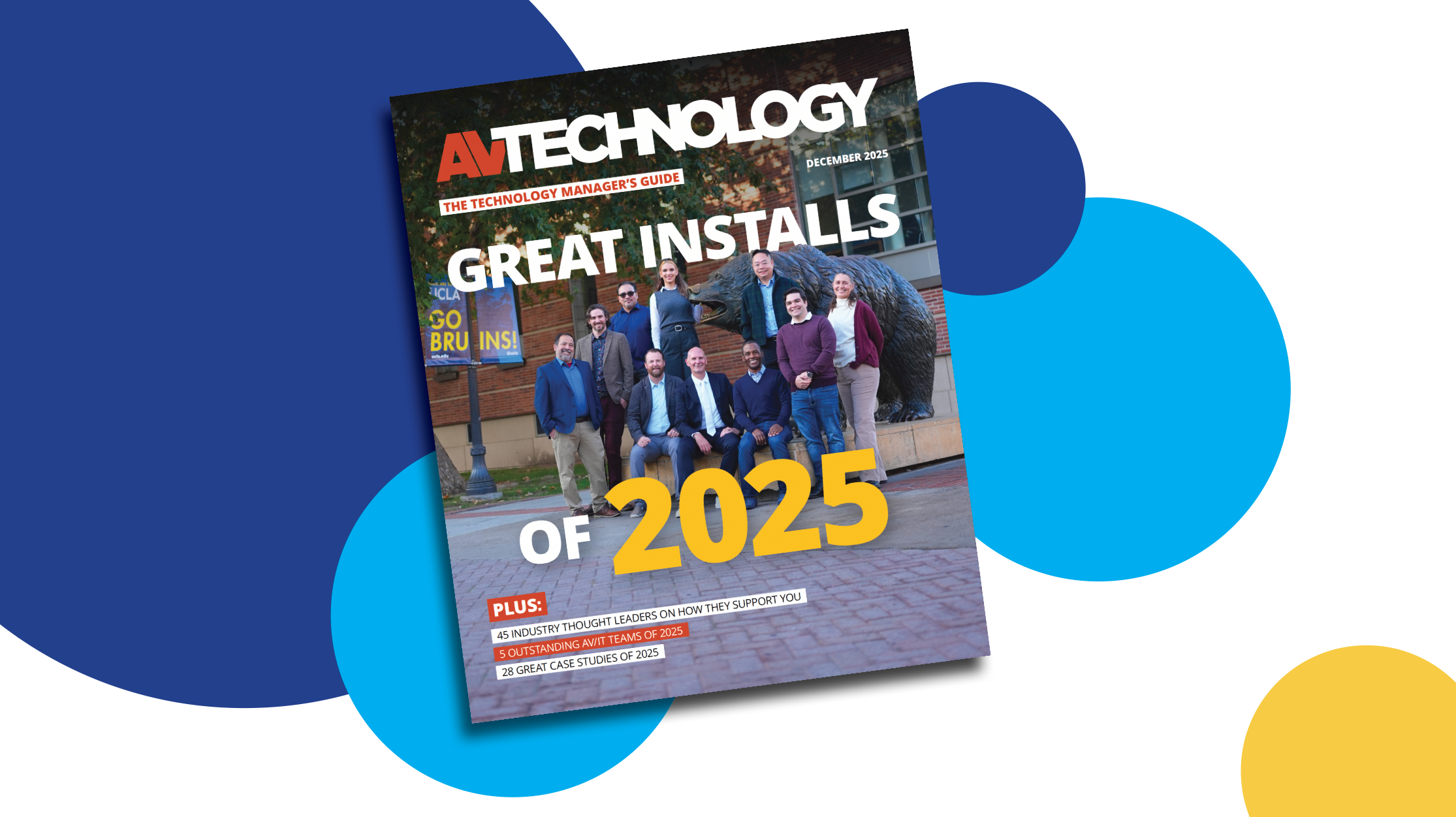On Esports: Crestron
John Hulen, Director of Channel Marketing, Education at Crestron Electronics shares insight into setting up an esports program in higher education.

AVT Question: Please share insight into setting up an esports program within higher education at any level, including the technologies that make a difference and the elements that create an immersive experience for athletes and spectators alike.
Thought Leader: John Hulen, Director of Channel Marketing, Education at Crestron Electronics
When considering the AV technology used for esports, choosing technology that introduces low or nearly zero latency into the signal paths is one of the fundamental factors. The quality of the video and audio processing, routing, and signal distribution will directly impact the playing and viewing experience. Crestron has created the DM NVX platform of AV-over-IP encoders and decoders, which work on standard gigabit Ethernet networks with less than one frame of latency and incorporate high-quality audio which is just as important as the video image.
No matter the space type, intuitive touch screen controls are invaluable because many of these spaces will be set up, monitored, and managed by student workers or used when full-time employees might be away from campus." —John Hulen, Director of Channel Marketing, Education at Crestron Electronics
There are three common types of esports spaces: labs, training venues, and competition arenas. Each type of space will have different requirements to provide the most immersive experience for athletes and spectators.
Esports labs often require integration for USB peripherals and extension, point-to-point or source-to-display interaction, and the ability to scale. Whereas training venues incorporate additional control needs like coaches reviewing videos of players’ techniques and strategies. This flexibility enables a coach to highlight a single athlete’s play on one or several displays during a practice and then the ability to quickly reconfigure the room into a learning space. Finally, esports arenas encompass most, or all, of the above technology, along with further features such as video walls, audio routing, a shout casting booth, the ability to switch between multiple cameras and integrate streaming, as well as advanced control functionality.
No matter the space type, intuitive touch screen controls are invaluable because many of these spaces will be set up, monitored, and managed by student workers or used when full-time employees might be away from campus. The experience is paramount in these venues and having a space that is easy to manage allows the technology features to shine.
[On Next-Gen Audio: 15 Thought Leaders]
A daily selection of features, industry news, and analysis for tech managers. Sign up below.

Cindy Davis is the brand and content director of AV Technology (AVT). She was a critical member of the AVT editorial team when the title won the “Best Media Brand” laurel in the 2018 SIIA Jesse H. Neal Awards. Davis moderates several monthly AV/IT roundtables and enjoys facilitating and engaging in deeper conversations about the complex topics shaping the ever-evolving AV/IT industry. She explores the ethos of collaboration, hybrid workplaces, experiential spaces, and artificial intelligence to share with readers. Previously, she developed the TechDecisions brand of content sites for EH Publishing, named one of the “10 Great Business Media Websites” by B2B Media Business magazine. For more than 25 years, Davis has developed and delivered multiplatform content for AV/IT B2B and consumer electronics B2C publications, associations, and companies. A lifelong New Englander, Davis makes time for coastal hikes with her husband, Gary, and their Vizsla rescue, Dixie, sailing on one of Gloucester’s great schooners and sampling local IPAs. Connect with her on LinkedIn.
